Portrait of a Noblewoman and her Son
Artist
Alessandro di Cristofano di Lorenzo del Bronzino Allori
( Florence, 1535 – Florence, 1607 )
Details
Oil on panel 110×87 cm Dated with inscription: ANNUS ETATIS SUAE P.A.D. MDLXXIIII
The Portrait of a Noblewoman and her Son, dated 1574, depends on several Bronzino double portraits, the most important being Eleonora of Toledo and Her Son (c. 1545, Uffizi) and Giovanna Chevara and Her Son (1560s, Worcester Art Museum). The formal relationship between mother and son in this panel is less hieratic than in Bronzino’s portraits and displays some affection through the rhythmic linking of finely curved arms and hands, creating a gentle serpentine movement through space.
The bodies turn toward one another, although the two figures look in different directions: the mother intently stares at the viewer commanding his attention, while her son seems momentarily distracted by something outside the picture. Their graceful turning is echoed by the heavy satin folds of the curtain on the right, which cascades down and elegantly frames the figures.
The hard, shiny porcelain surfaces of Bronzino have also been transmuted. The light seems more natural, giving the opalescent flesh and lips a rosiness that seems to arise from within. The soft, curling auburn hair and large deep brown eyes of both mother and son create a certain warmth. Even the sumptuous golden decoration and heavy silks are prevented from being too shiny.
The costumes of the sitters, however, are depicted with the same concern for detail as demonstrated by Bronzino. Costume defined rank, and sumptuous display was the mark of noble magnificence. Economic considerations had urged Duke Cosimo to issue strictly enforced sumptuary laws (Provveditori alle Pompe) although specific concessions were made for his wife, Eleonora, and the married ladies of the nobility. (The red carnation that the noblewoman wears in her bodice was a traditional symbol of marriage.). “First of all we do not wish to prohibit pearls altogether,” wrote Cosimo, “that is to say only one string may be worn, of a maximum value of 500 scudi. That much we grant because all ladies have pearls. We do not wish to deprive them of … necklaces of gold and silver … for this is an investment in capital.”
The hair fillet of pearls, gold, and rubies, the two strands of pearls around the neck, the gold belt set with pearls and rubies, and only one ruby ring worn by the noblewoman in
the Allori portrait continue the fashion established by Eleonora. (Rubies were considered the most valuable of all stones, rather than colourless diamonds, which are hard to cut.) The additional gold necklace with pearls, that also adorns the noblewoman was allowed by law. The exquisitely detailed gold passementerie on the dress and the curtain and the gold and silver embroidery on the sleeves demonstrate why Florentine artisans were internationally famous for their craftsmanship.
The hair fillet of pearls, gold, and rubies, the two strands of pearls around the neck, the gold belt set with pearls and rubies, and only one ruby ring worn by the noblewoman in
the Allori portrait continue the fashion established by Eleonora. (Rubies were considered the most valuable of all stones, rather than colourless diamonds, which are hard to cut). The additional gold necklace with pearls, that also adorns the noblewoman was allowed by law. The exquisitely detailed gold passementerie on the dress and the curtain and the gold and silver embroidery on the sleeves demonstrate why Florentine artisans were internationally famous for their craftsmanship.
The attribution of the Portrait of a Noblewoman and Her Son to Alessandro Allori is supported by the dual aspects of this portrait: the dependence on Bronzino’s models and, most important, the more natural use of light. These two characteristics occur in cotemporary documented works by Allori, such as, his two paintings for the Studiolo of Francesco I (c. 1570-72 and Christ and the Adultress (S. Spirito, 1577). Although Allori was famous as portraitist, his securely documented portraits are rare and are securely dated both well before and well after 1574, the date of this portrait. However, the Portrait of a Young Man (private American collection), signed and dated 1590, displays a similar system of lighting.


